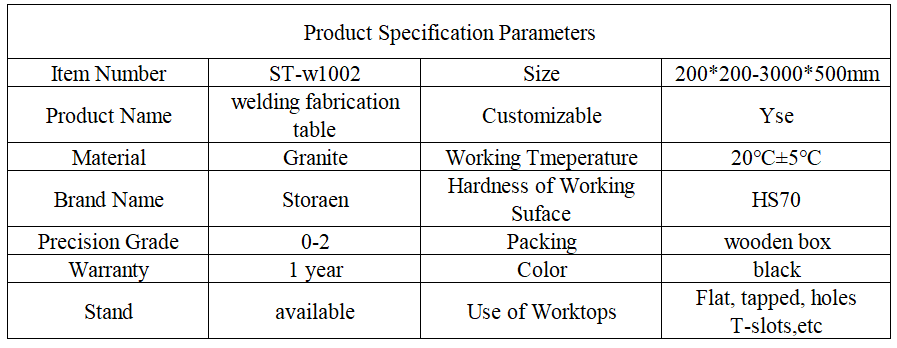ડીસેમ્બર . 05, 2024 14:14 Back to list
types of ball valves and their functions
Types of Ball Valves and Their Functions
Ball valves are among the most popular types of valves used in various industries due to their reliability, durability, and ease of use. They operate using a spherical disc, known as a ball, which can rotate to control the flow of fluid through the valve. This article will explore the different types of ball valves, their distinct features, functions, and applications.
1. Standard Ball Valves
The standard ball valve is the most basic and commonly used type. It is designed for on/off control, allowing or stopping the flow of liquids or gases. The ball has a hole through the center that aligns with the flow path when the valve is open, creating minimal resistance. Conversely, when the valve is closed, the ball rotates 90 degrees to block the flow. These valves are widely used in water supply systems, oil and gas pipelines, and chemical processing plants.
2. Trunnion-mounted Ball Valves
Trunnion-mounted ball valves are ideal for high-pressure and high-temperature applications. Unlike standard ball valves, which rely on the ball being suspended between two seats, trunnion valves feature a fixed shaft that supports the ball at the top and bottom. This design minimizes the torque required to operate the valve and allows it to maintain stability under extreme conditions. They are commonly used in large pipelines, refineries, and offshore platforms where reliability is crucial.
Floating ball valves are designed with a ball that is not rigidly fixed in place. Instead, the ball floats between two seats, allowing it to adjust slightly under pressure. This feature ensures a tight seal and makes floating ball valves effective for low-pressure applications. They are often employed in water treatment facilities, HVAC systems, and general industrial applications where moderate pressure is encountered.
types of ball valves and their functions

4. V-Port Ball Valves
V-port ball valves are specifically designed for applications requiring throttling capabilities. The V-shaped notch in the sphere allows for precise flow control while maintaining a tight seal. These valves are often used in mixing and distribution systems, where maintaining flow rates is essential. They are also beneficial in applications that involve changing flow dynamics, such as in process industries.
5. Multi-port Ball Valves
Multi-port ball valves have more than two ports, allowing for the diversion or mixing of fluid streams in a single valve. Typically, they come in three-way or four-way configurations, making them versatile for various applications. These valves are especially useful in systems requiring the redirection of flow or blending of two or more fluids, such as in chemical processing or heating systems.
6. Electric and Pneumatic Ball Valves
Electric and pneumatic ball valves are automated versions that provide enhanced control and efficiency. Electric ball valves utilize an electric actuator to open or close the valve, making them suitable for remote operations and automated systems. Pneumatic ball valves, on the other hand, use compressed air to operate the actuator, offering a swift response in critical applications. Both types are commonly used in process control, robotics, and high-speed automated systems.
Conclusion
Ball valves are crucial components in numerous industrial applications due to their versatility and effectiveness in regulating fluid flow. By understanding the various types of ball valves and their specific functions, engineers and operators can select the most appropriate valve for their needs. Whether it’s for simple on/off control, intricate flow management, or integration into automated systems, there's a ball valve designed to meet every requirement. As industries continue to evolve, innovations in valve technology will further enhance the efficiency and reliability of fluid control systems worldwide.
-
thread-plug-gauge-our-promise-of-measurement-excellenceNewsAug.22,2025
-
gauge-pin-class-reflecting-quality-legacyNewsAug.22,2025
-
check-valve-types-for-high-rise-buildingsNewsAug.22,2025
-
water-control-valve-for-irrigation-systemsNewsAug.22,2025
-
gate-valve-with-soft-seal-technologyNewsAug.22,2025
-
y-type-strainer-for-oil-and-gas-applicationsNewsAug.22,2025
Related PRODUCTS









